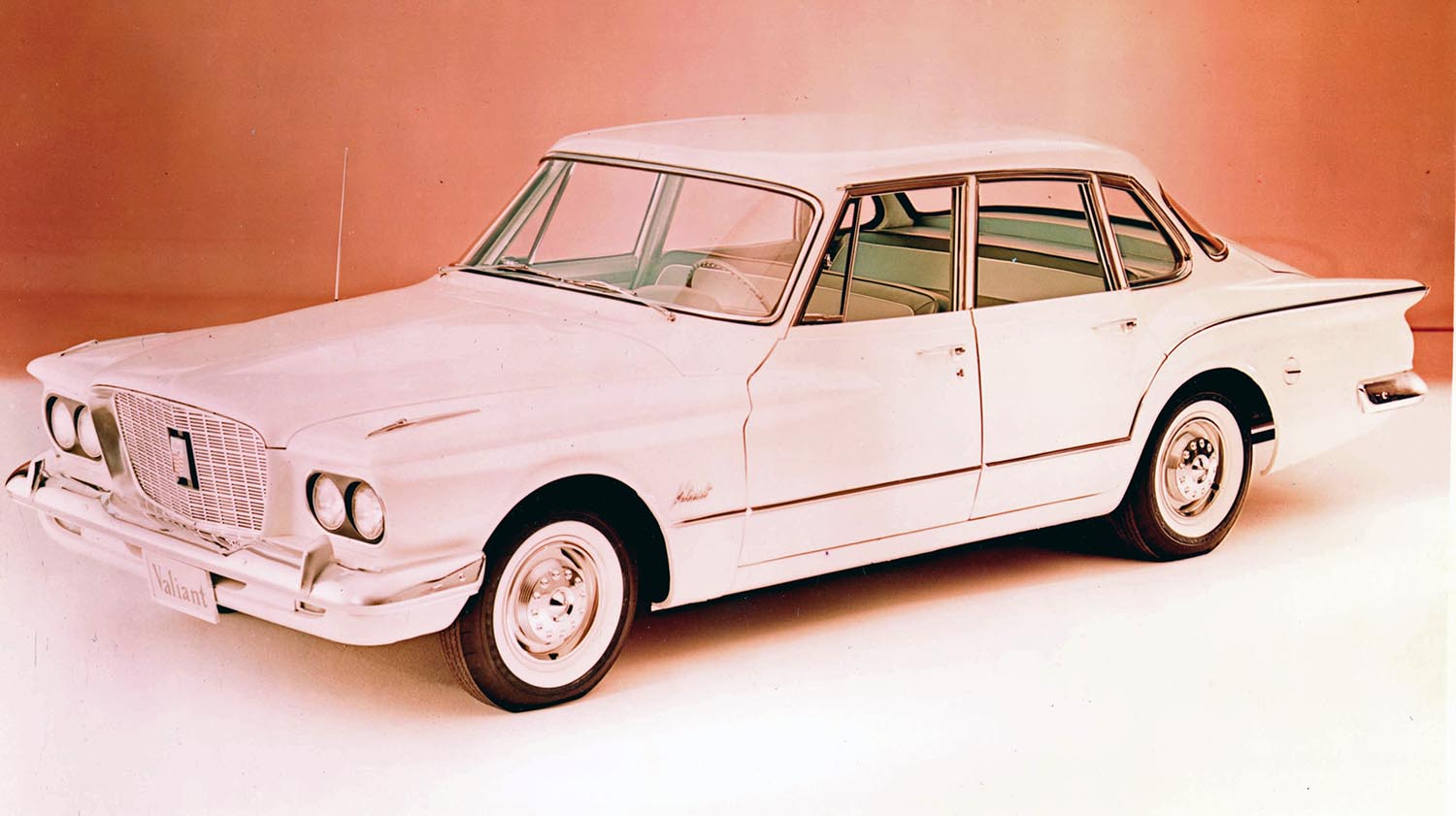
The dawn of the 1960s was a period of great transition for the American automotive market. Facing a surge in demand for smaller, more economical cars, the established Big Three automakers had to respond. Chrysler Corporation’s answer was the 1960 Valiant by Chrysler Corporation, a vehicle that proved to be far more than a mere reaction. It was a statement of innovative engineering and daring style.
The Valiant’s Compact Car Genesis
The Valiant arrived at a crucial time. Domestic sales of European imports and the rise of the original Rambler made it clear that a new compact segment was emerging. General Motors introduced the revolutionary Chevrolet Corvair, and Ford offered the more conventional Falcon. Chrysler needed an entry that could compete on practicality while also showcasing its unique engineering prowess.
A Distinct Brand Identity for 1960
Intriguingly, the Valiant was not initially branded as a Plymouth. For its inaugural 1960 model year, Chrysler marketed it as a separate, distinct marque, famously using the tagline, “Nobody’s kid brother.” This bold strategy positioned it as a unique, premium alternative in the burgeoning compact segment. For 1961, however, it became the Plymouth Valiant.
Virgil Exner’s Radical Styling
Chrysler’s Head of Styling, Virgil Exner, was known for his “Forward Look” designs. The 1960 Valiant embraced an aesthetic that was undeniably radical for the time. It departed from the boxy shapes of competitors, featuring a distinctive, almost European flair that drew immediate attention, though it was certainly polarizing.
The Iconic “Washing Machine Lid”
A specific and talked-about styling cue was the simulated spare tire well stamped into the trunk lid. Critics and enthusiasts quickly dubbed this feature the “washing machine lid” or “toilet seat.” Despite the mixed reaction, this detail served to connect the compact Valiant thematically to larger, more luxurious contemporary Chrysler products, particularly the Imperial.
Unibody Construction and Torsion-Aire
Beneath the adventurous bodywork, the Valiant employed a modern unibody construction. This gave the compact car a sturdy, rigid platform, which was an advanced feature for its segment. Furthermore, the car utilized Chrysler’s well-regarded Torsion-Aire suspension system. This setup featured double wishbones with longitudinal torsion bars up front, enhancing handling and ride comfort.
The Slant Six Engine: A Legend is Born
The mechanical core of the 1960 Valiant and its most enduring contribution to automotive engineering was the introduction of the new “Slant Six” engine. This inline-six cylinder unit was truly ingenious for its practical design and impressive longevity. The engine cylinders were canted 30 degrees to the right side of the vehicle.
The Engineering Behind the Tilt
The 30-degree tilt was not merely a novelty; it was a functional solution. This unique angle allowed for a significantly lower hood line than a traditional straight-six engine would require. It also enabled the water pump to be placed alongside the engine rather than on the front, further reducing the overall engine length. This packaging innovation greatly contributed to the Valiant’s short nose design.
Power, Torque, and Hyper-Pak Performance
The standard engine displacement was 170.9 cubic inches (2.8 liters). This unit was rated to produce 101 horsepower at 4,400 rpm and 155 lb-ft of torque at 2,400 rpm, which was competitive for the compact class. The 1960 Valiant by Chrysler Corporation offered a three-speed manual transmission as standard, which was controlled by a floor shifter. An optional TorqueFlite three-speed automatic transmission was available, using Chrysler’s innovative push-button controls. The Valiant was engineered to be durable and reliable, with many early components made from cast aluminum for weight reduction. For performance enthusiasts, the optional “Hyper-Pak” kit was available, which included a four-barrel carburetor, a long-runner intake manifold, and a higher-compression head. This performance upgrade boosted output to 148 horsepower, turning the modest compact into a surprisingly potent contender on the race track, especially in NASCAR’s short-lived compact car class.
A Lasting Impact on Chrysler
The 1960 Valiant was a strong seller for Chrysler, with nearly 190,000 units sold in its initial year. More important than sales figures, the Valiant’s success firmly established the foundational A-body platform. It was a template that would go on to underpin other successful compact and pony cars for decades. The legendary Slant Six engine, a monument to robust engineering, would continue to power Chrysler vehicles through the 1990s. The Valiant successfully steered Chrysler into the compact era, proving the corporation could innovate under pressure.
Disclaimer: Content on this site is for informational purposes only. Vehicle specs, pricing, and availability may change. Always verify details with official sources before making decisions. Opinions are those of the authors.
Source: Stellantis
